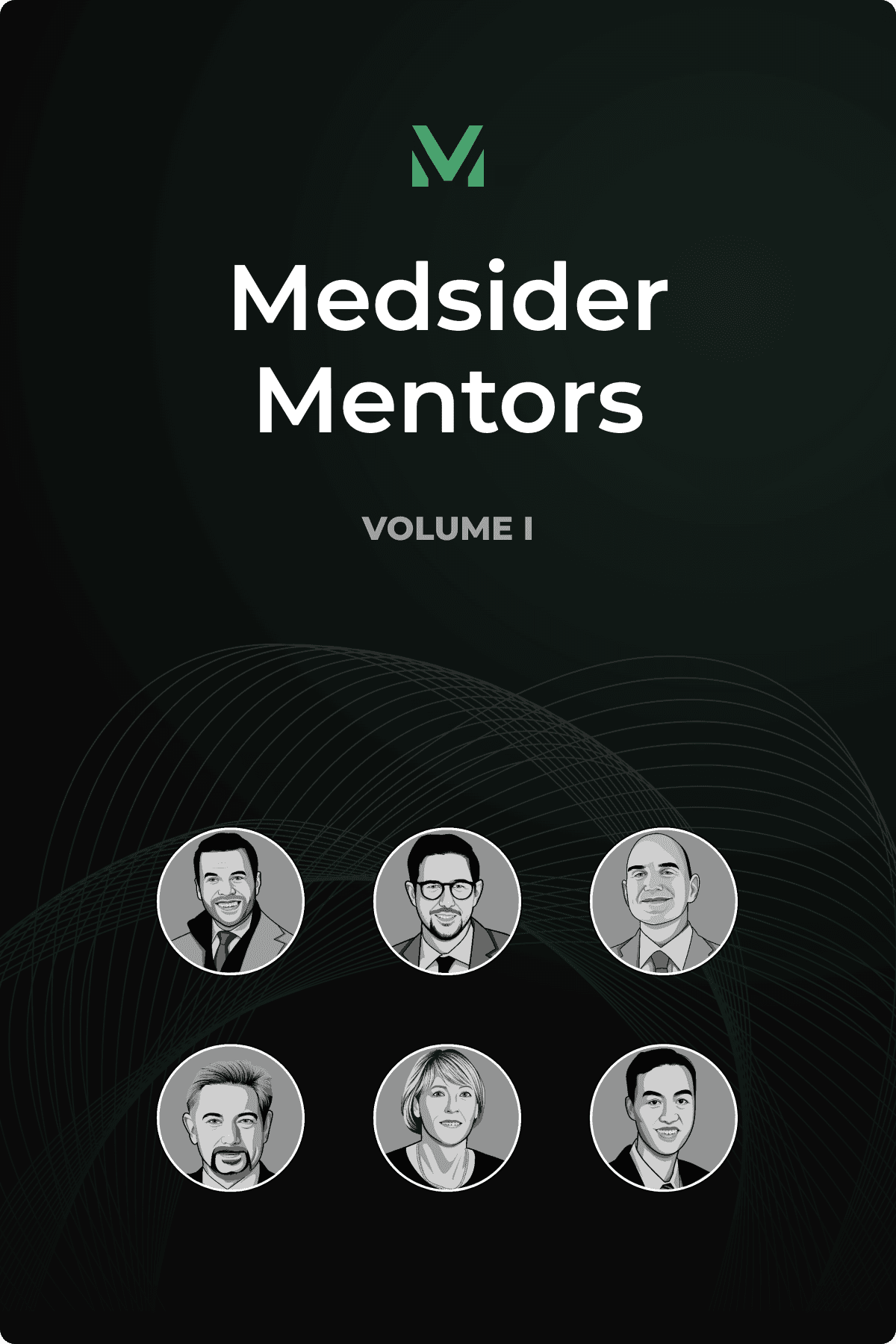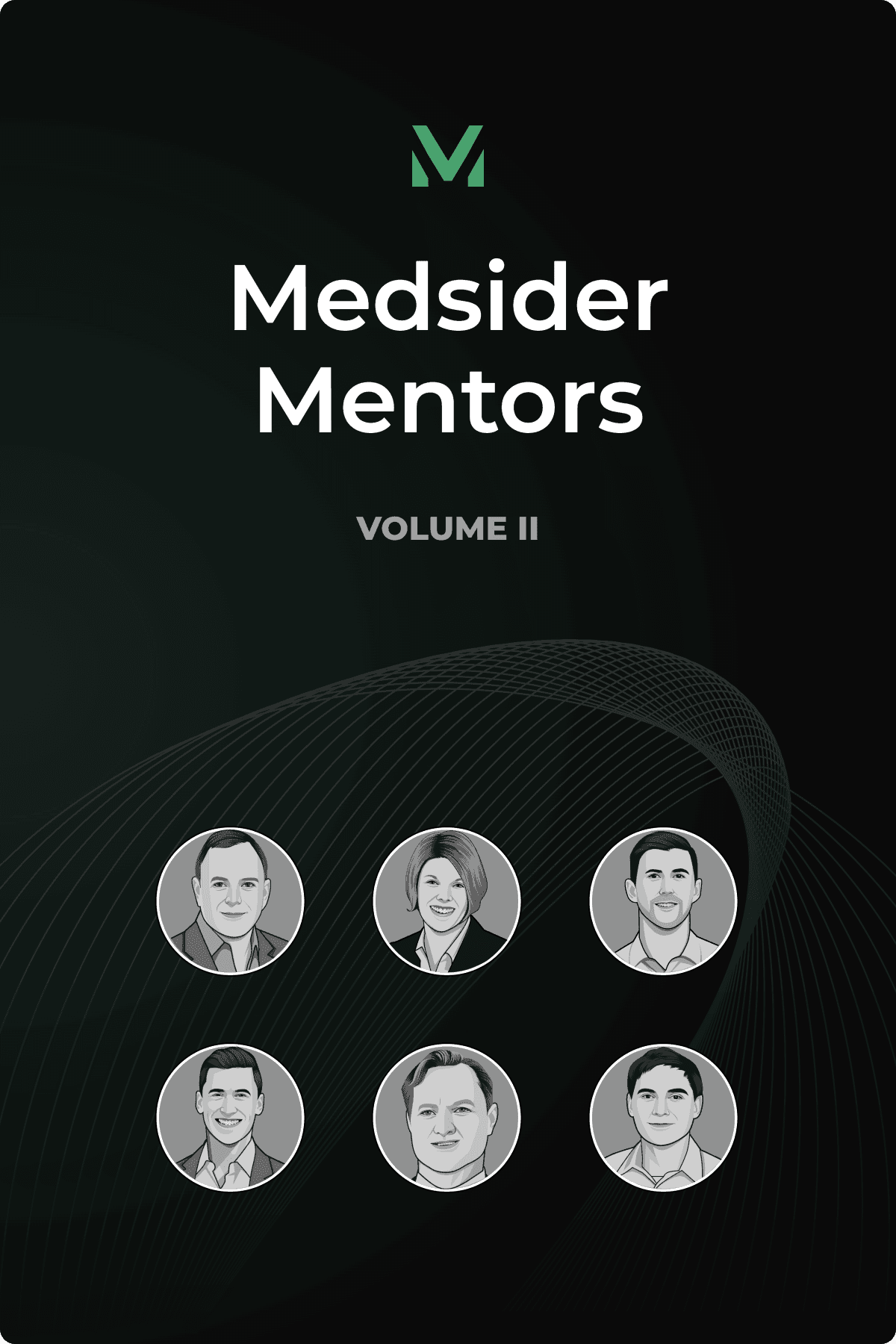Is Your Medtech Idea Worth Pursuing?
Interview with BrainSpace CEO Caitlin Morse

Key Learnings From Caitlin's Experience
Not every medical issue is a fit for a venture-backed approach. Some challenges might be impactful but don’t offer the financial returns investors seek. In those cases, bootstrapping or exploring alternative funding methods might be a better option. As you develop your idea, think beyond the immediate issue you’re solving. Consider how your solution can address additional pain points and deliver even greater value.
Safety and effectiveness are essential (of course!) but not enough. Hospitals and clinicians need proof of value and ROI — studies demonstrating improved workflows, reduced ICU stays, or better patient outcomes. Plan a post-market strategy to build this evidence alongside early adopters rather than relying solely on pre-market investor funding.
A prototype, even a rudimentary one, can shift conversations from abstract concepts to tangible solutions. When fundraising, it’s important to communicate technical details, but you also need to frame the problem in a compelling way that helps engage investors. Build credibility early through small wins, like angel investments or competition prizes, to create momentum and structure fundraising in stages, with increasing valuations tied to milestones.
Medtech innovations often come from unexpected places. In the case of BrainSpace’s wearable automated pressure-regulating and precision cerebrospinal fluid drainage device, the idea didn’t come from a lab, a hospital, or even a brainstorming session — it came from a deeply personal story.
Caitlin Morse, a problem-solver with a background in project management and manufacturing, had helped startups bring medical innovations to life through her own consultancy. In talking to a friend who had endured “more brain surgeries than birthdays,” she was compelled to tackle outdated and inadequate cerebrospinal fluid drainage solutions.
In the ICU, CSF drainage was prone to human error, required constant manual adjustments, and kept patients tethered to an IV pole. That realization sparked a question with her co-founder: What if pressure monitoring could be wearable and pressure regulation could be automated, giving patients more freedom, reducing the nursing burden? The answer would lead to an entirely new approach — one that reimagined what was possible for intracranial pressure management.
Managing intracranial pressure is vital for patients with conditions like traumatic brain injuries, strokes, or hydrocephalus. When the brain swells or collects extra fluid, the skull doesn’t have room to accommodate the extra pressure. This can lead to serious complications like reduced blood flow to the brain and long-term damage. Current ventricular and lumbar drains require ICU nurses to manually level the devices to the tragus of the ear. As a labor-intensive process, it’s prone to error — even small movements, such as adjusting the bed or a slight shift by the patient — can cause over- or under-drainage.
Caitlin’s startup, BrainSpace was founded to tackle this issue with a Class II device that automates pressure regulation. The closed-loop system features a wearable component that sits behind the ear or, for lumbar drainage, on the torso, auto-leveling in any patient position and adjusting the drain automatically. This allows patients to move around without being tethered to an IV pole for constant leveling.
The team is now expecting an FDA clearance and their first clinical use in 2025. Caitlin is already looking ahead, exploring opportunities to expand into a cerebrospinal fluid (CSF) biomarker enablement platform.
You May Like These Articles
Medsider Premium
Become a premium member and unlock access to exclusive Medsider benefits.



